- Representative Weed: Oxalis
- The red-leaf Oxalis corniculata is adept at thriving under stressful environmental conditions.
- Green-leaf Oxalis corniculata tends to grow better in non-stressful environments compared to the red-leaf variety.
- The red-leaf Oxalis corniculata has optimally evolved for urban environments.
Representative Weed: Oxalis
Oxalis corniculata L., or creeping woodsorrel, is a common weed in Japan and is the third most widespread vascular plant globally. This robust weed can be troublesome in farmlands due to its thick and deep roots, making it hard to eradicate. It thrives in a variety of environments, not only in forests and plains but also in urban areas.
Oxalis corniculata is observed in various locations, but have you noticed the leaf color changes depending on the environment? In rich, natural areas like forests and plains, the leaves are green, while in urban spaces, such as beside street trees and in cracks in the asphalt, the leaves tend to be red or reddish-purple.
This habitat differentiation is actually a survival strategy for the Oxalis corniculata.
From green to red: Urban heat stress drives leaf color evolution
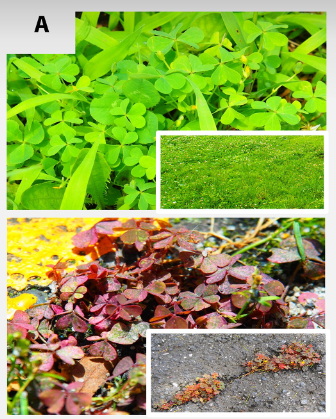
The red-leaf Oxalis corniculata is adept at thriving under stressful environmental conditions.
Field observations indicate that red-leaf Oxalis corniculata predominantly grows in urban areas, thriving in challenging locations such as asphalt cracks and between pavement blocks where heat accumulates and conditions are typically harsh for plant growth. Unlike their green-leaf counterparts, red-leaf Oxalis excel in these environments due to their superior heat stress tolerance. The red coloration, a result of accumulated pigments like anthocyanins, provides antioxidant benefits, mitigating stress-induced reactive oxygen species and reducing leaf transmittance to temper the intense urban sunlight.
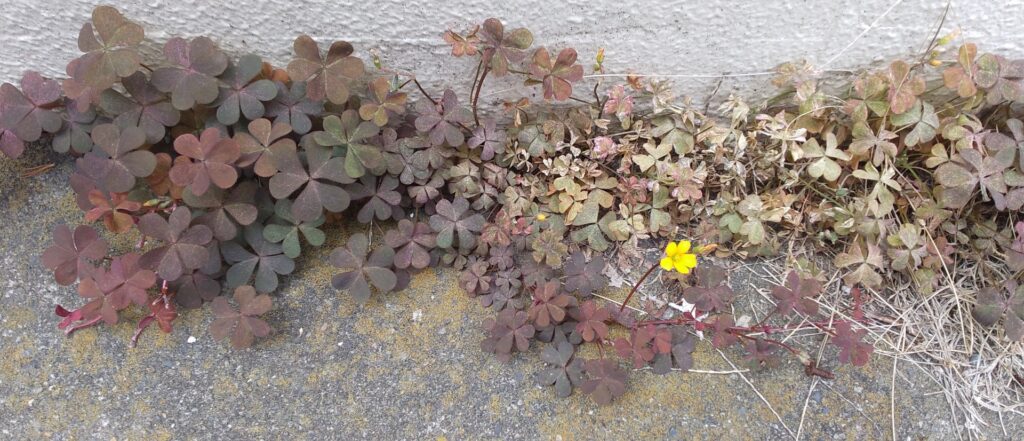
Green-leaf Oxalis corniculata tends to grow better in non-stressful environments compared to the red-leaf variety.
While red-leaf Oxalis corniculata excels in stressful urban environments, it doesn’t dominate globally because green-leaf Oxalis performs better in low-stress, natural settings like forests and plains. Here, larger plants provide shade, creating ideal light conditions for green-leaf Oxalis without the need for stress-response pigments like anthocyanins, which are more common in red-leaf varieties. This ecological balance prevents any one type from overwhelming the other globally.
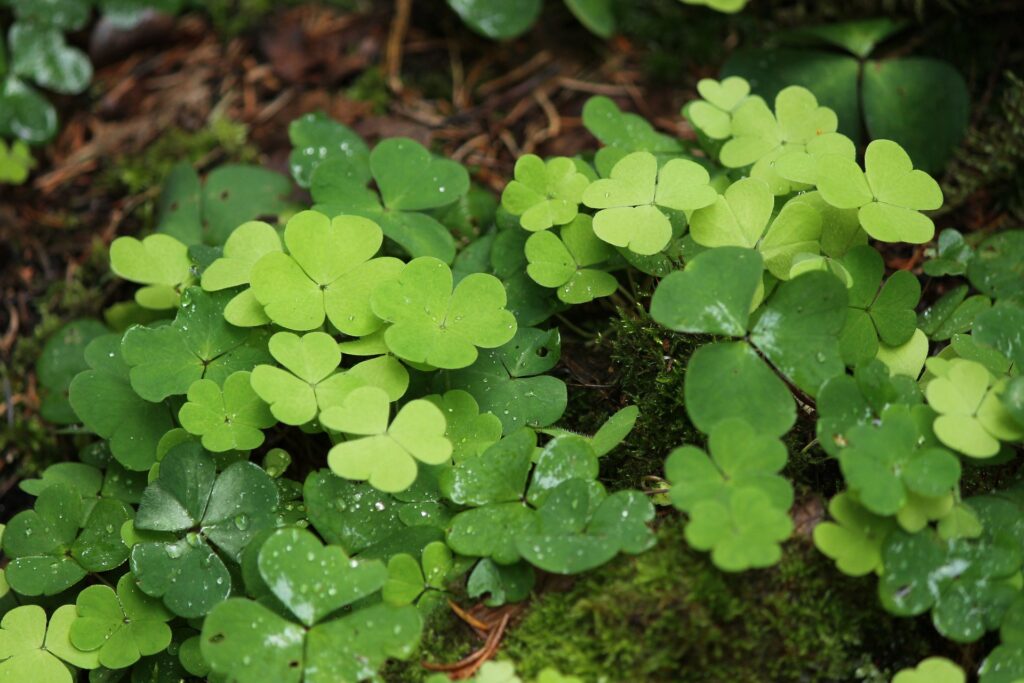
The red-leaf Oxalis corniculata has optimally evolved for urban environments.
Urban areas are a new environment created by humans, largely absent in nature. Efforts to make these areas more livable have sometimes resulted in uncomfortable conditions, like heat islands. Yet, plants have evolved to survive here, with the red-leaf Oxalis corniculata possibly being one of the most evolved species in urban settings.
Recently, research has focused on plants like Oxalis, which have adapted to human-made environments. Identifying species that can coexist with us is crucial, especially as we face the potential severity of global warming. These studies are key to solving various environmental challenges.
The plants under our feet, like our neighbors, are evolving rapidly. If we look closely, we may discover many new findings scattered around us.
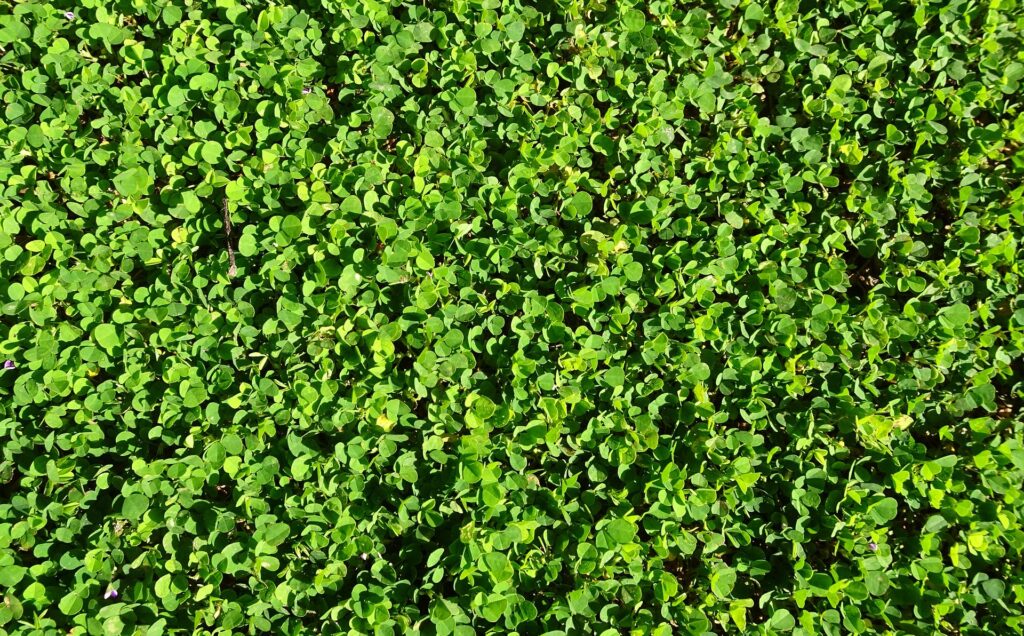
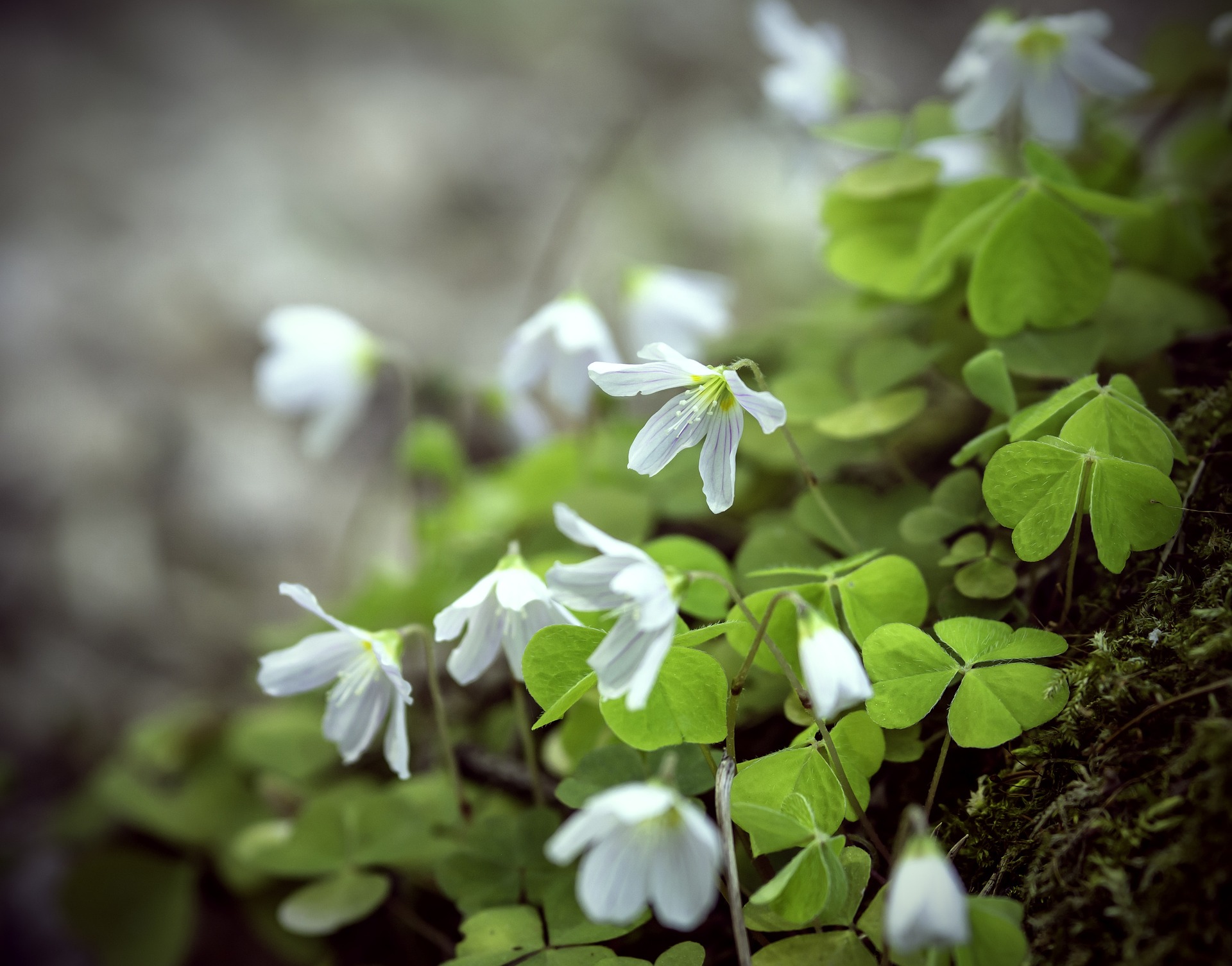

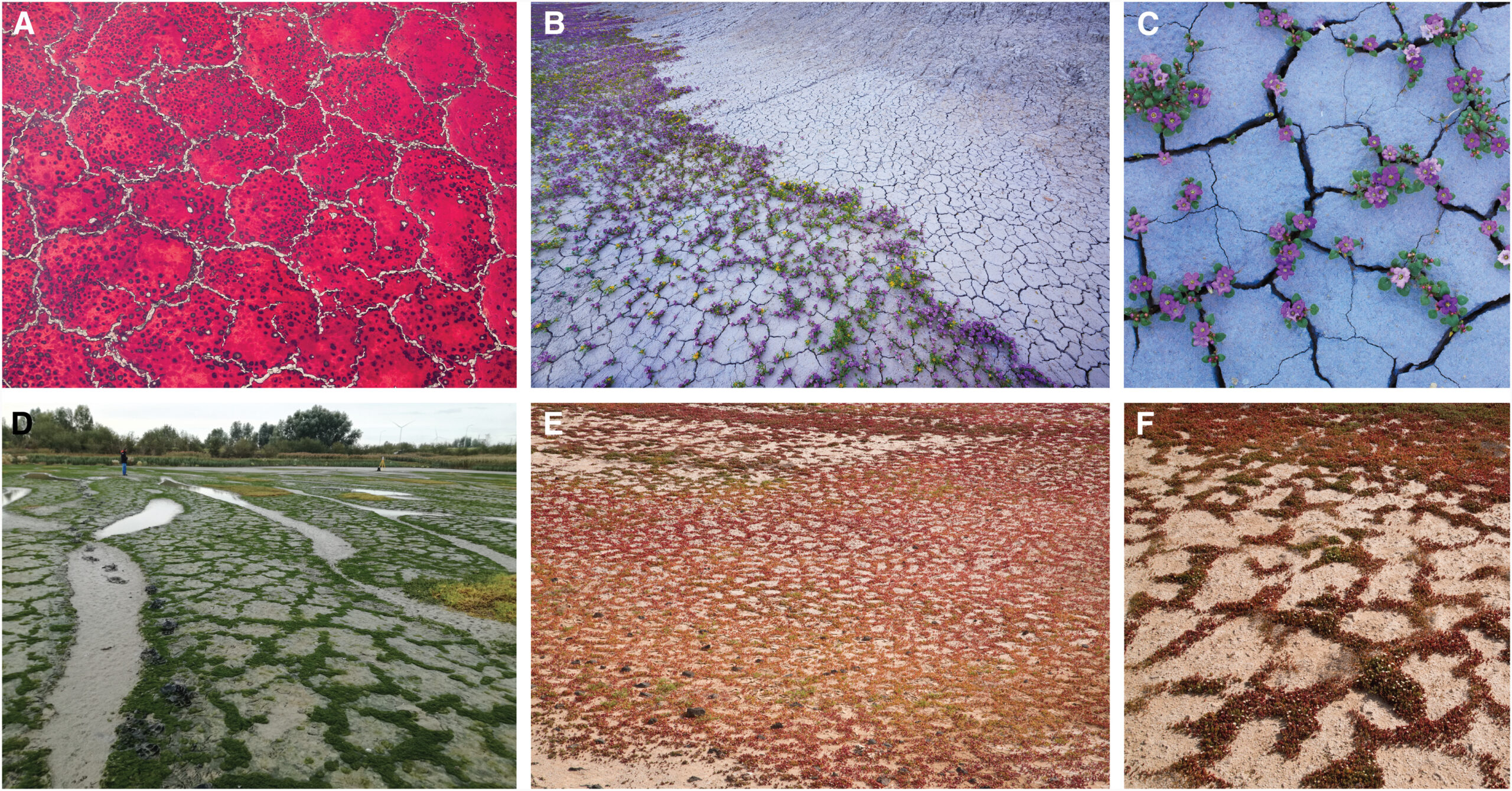
コメント